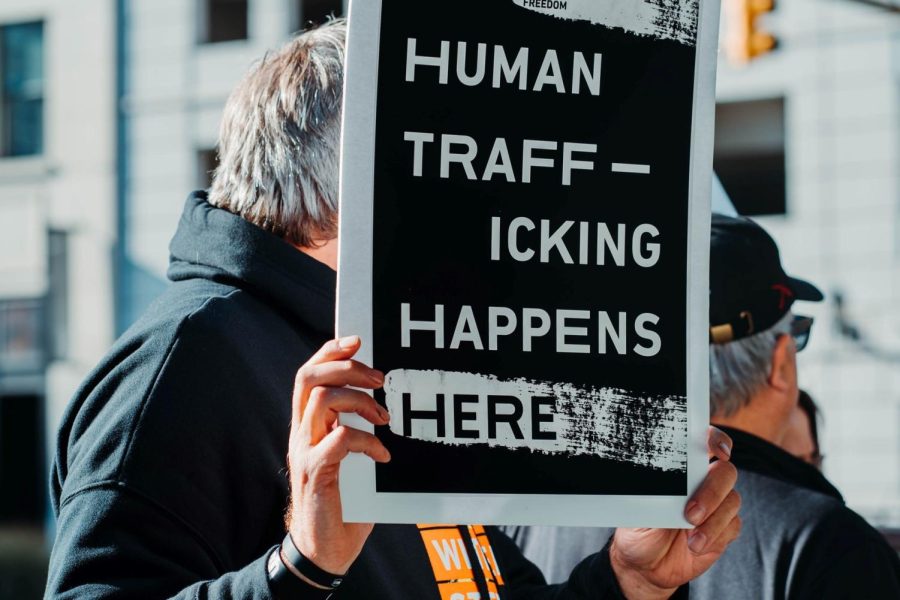Human Trafficking Awareness Month
January 14, 2022
Human trafficking, whether we realise or not is present in everyday lives. When thinking about human trafficking, one might think kidnapping or assult. Defined by the Department of Homeland Security, human trafficking involes a use of force, fraud, or coercion to obtain some type of labor or comercial sex act. There are many different types of human trafficking that occur every day. These include sex trafficking, forced labor, debt bondage, forced child labor and child commercial sex trade. Every year, hundreds to millions of women and children are trafficked all over the world. According to the National Human Trafficking Hotline, over 63,000 cases of human trafficking have been reported since 2007. In Indiana alone, there have been over 3,000 contacted cases of some type of trafficking since 2007.
It is important to be aware of this crisis so one can know how to look out for others and even themselves. From the Human Trafficking Resource Center, here are some warning signs you can look for to if ever in a faulty situation:
- Appearing malnourished
- Showing signs of physical injuries and or abuse
- Avoiding eye contact in social settings and avoiding authority figures like law enforcement
- Seeming to adhere to scripted responses in social settings
- Lacking official identification documents and personal possessions
- Living at place of employment
- Checking into hotels with older men and referring to them as “dad”
- Poor physical and dental health
- Not allowing people to go in public alone or speak for themselves
The buisiness of human trafficking is scarecly common. Trafficking is characterized as a “low risk/high reward activity” meaning, the crime is very difficult to detect and investigate. The selling of human beings over and over makes the material benefit for traffickers very profitable. This illegal activity approximately generates $32 billion (US) annually as well as over 40 million victims.
Many traffickers mimic the same tactics to lure their victims.Traffickers, feeding off of despair, target the poor and vulnerable as a way to psychologically manipulate victims. Traffickers will lure victims by providing basic survival needs; using force, threats and coercion, traffickers systematically promise a better life for their victims. Desperate people are more likely to believe stories about others who have found their fortune in another city of another country; it happens every day.
Human traffickers view people as commodities, and sources of financial gain. Women, for example, are commonly viewed as less than men and/or as property. In jobs, they are paid significantly less and have very fewer rights. That being said, many women are constantly looking for ways out of the despair and heartache they face. The internet is one of the main ways traffickers obtain their victims. When looking for jobs or even love, traffickers post legitimate job offers in order to catch attention.
Being aware of the ill-fated situations that go on around the world can drastically benefit the lives of those in them. Learning about trafficking, the indicators and luring practices of traffickers can help make oneself more educated.
If you see something, say something. It is better to speak up and be wrong then to not speak up at all. If you or someone you know are in similar situations, text ‘HELP’ to 233733, or call 1 (888) 373-7888.



